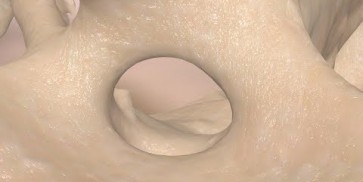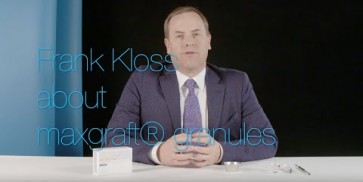
maxgraft® granules
- Alvéole d’extraction
- Augmentation de la crête
- Défauts osseux
- Défauts intra-osseux (1 à 3 parois)
- Élévation du plancher sinusien
|
- Propriétés biomécaniques préservées
- Stérile – n’induit pas de réaction immunologique
- Propriétés ostéoconductrices favorisant un remodelage tissulaire naturel et contrôlé
maxgraft® cancellous granules | |||||
|---|---|---|---|---|---|
Article Number | Particle Size | Content | |||
30005 | < 2.0 mm | 1 x 0.5 ml | |||
30010 | < 2.0 mm | 1 x 1.0 ml | |||
30020 | < 2.0 mm | 1 x 2.0 ml | |||
30040 | < 2.0 mm | 1 x 4.0 ml |
maxgraft® cortical granules | |||||
|---|---|---|---|---|---|
Article Number | Particle Size | Content | |||
31005 | < 2.0 mm | 1 x 0.5 ml | |||
31010 | < 2.0 mm | 1 x 1.0 ml | |||
31020 | < 2.0 mm | 1 x 2.0 ml | |||
31040 | < 2.0 mm | 1 x 4.0 ml |

Pour les chirurgiens expérimentés, l'os allogénique pour augmentation constitue la seule véritable alternative à la collecte d’os autologue du patient. Les granules allogeniques contribuent à prévenir des risques bien connus tels que la morbidité du site donneur, les infections, les douleurs postopératoires et la perte de stabilité osseuse. L’excellente capacité de régénération biologique de maxgraft® permet des résultats cliniques prévisibles.
Please find our free webinars at www.botiss-webinars.com
Kostenfreie Webinare zu Schulungszwecken finden Sie unter www.botiss-webinars.com
Please find our free webinars at www.botiss-webinars.com
Please find our free webinars at www.botiss-webinars.com
Please find our free webinars at www.botiss-webinars.com
Please find our free webinars at www.botiss-webinars.com
Please find our free webinars at www.botiss-webinars.com






















































